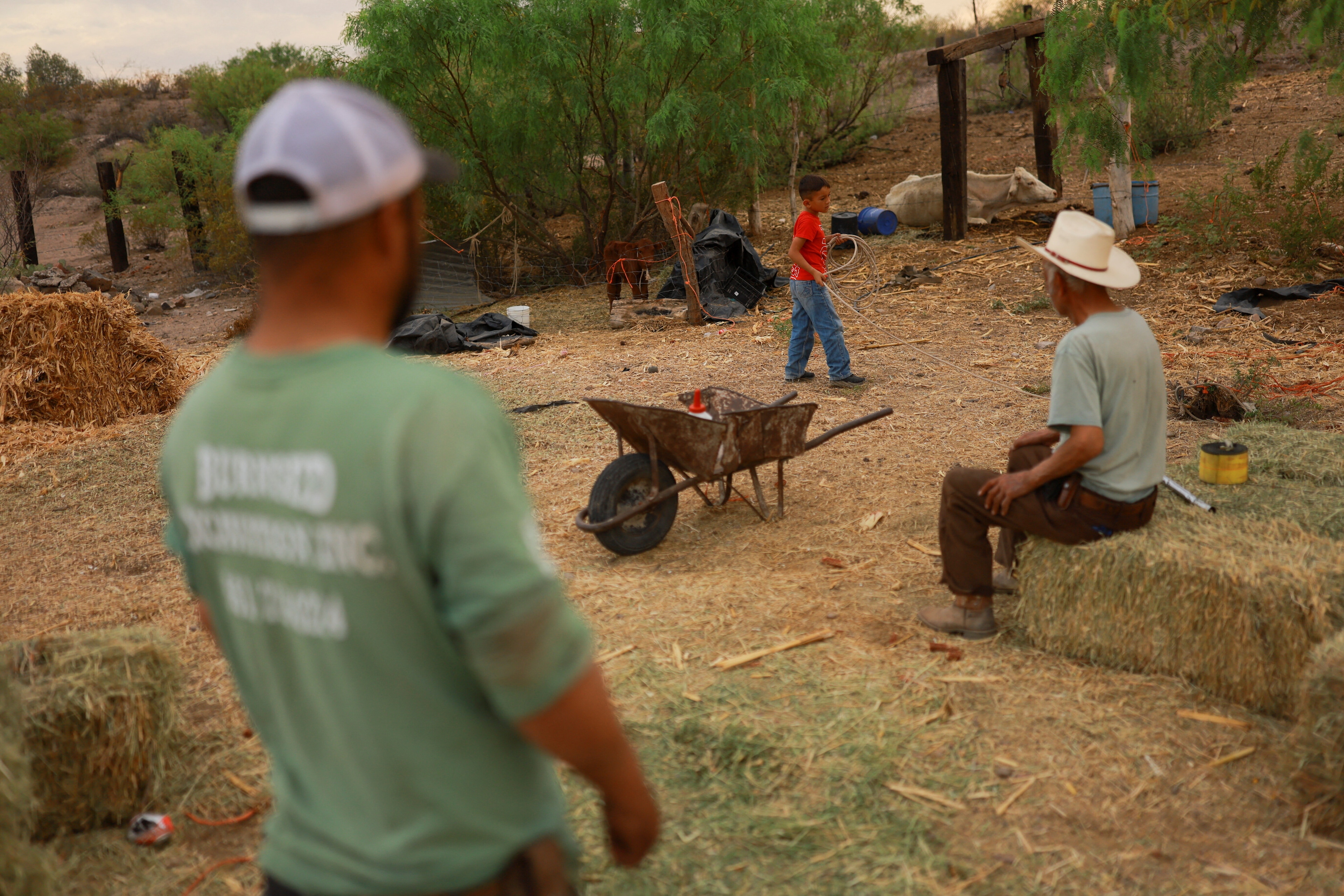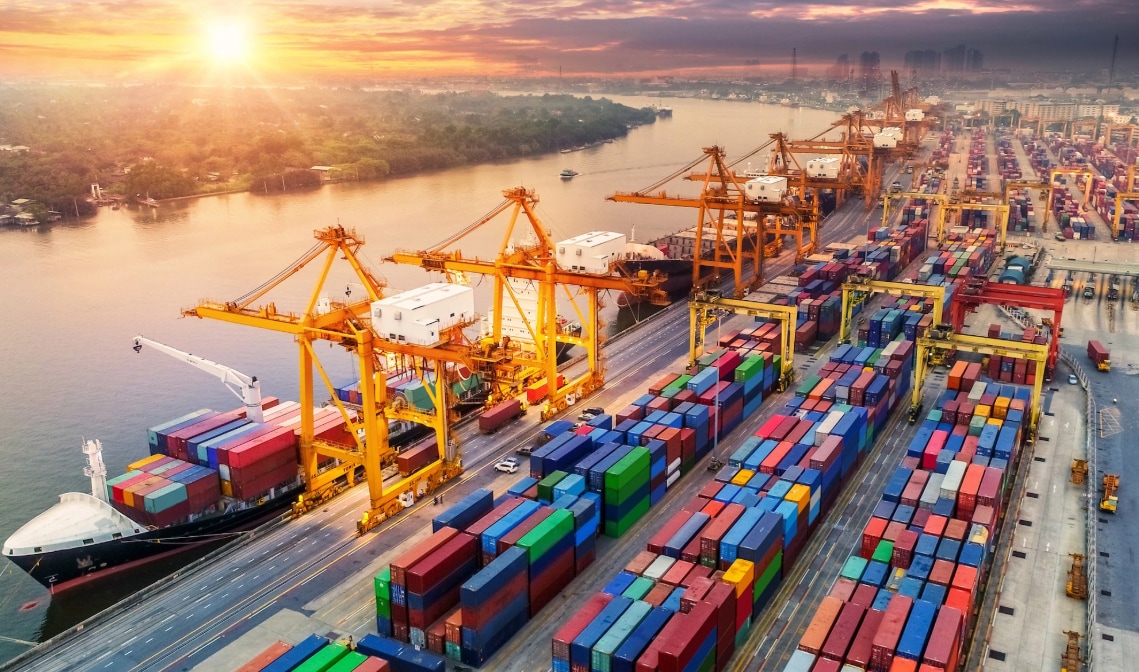4 investable pathways to help protect, manage and restore nature in Brazil

Brazil is home to several precious biomes, including the Amazon (pictured) and the Cerrado. Image: Getty Images.
- Last week's G20 in Brazil highlighted how the country must navigate development pressures with climate, finance, nature and food security goals.
- Brazil can create investable pathways to protect, manage and restore nature while maintaining its status as an agricultural powerhouse.
- The opportunities for investors can be divided into four categories.
The G20 leaders’ summit in Rio de Janeiro kickstarted a year in the global spotlight for Brazil.
While expectations of the country’s climate leadership are already mounting well ahead of COP30, to be hosted in the Amazon region, the location also points to the many opportunities for nature-based climate solutions. For these opportunities to become a reality requires finding realistic routes to financing the protection, management and restoration of the natural landscapes that are the country’s – and the planet’s – lifeblood.
Brazil is home to several precious biomes, including not only the Amazon, the world’s largest tropical rainforest, but also the Cerrado, the world’s most diverse tropical savanna. The country is also a leading global producer of beef, soy, and sugarcane, an important component of the national economy but also a significant contributor to forest loss and ecosystem conversion.
With more than 60% of Brazil's emissions coming from the land use change sector, finding investable nature-based solutions is essential to meeting the country’s updated Nationally Determined Contribution (NDC). Brazil is where nature finance is needed most – and it is the place with the most potential to deliver returns.
So, how do we mobilise the necessary finance to protect, manage and restore nature? While public financing and philanthropic support can provide a necessary foundation, scale will only be achieved by identifying opportunities for private sector investors to achieve an appropriate risk-adjusted rate of return. The opportunities can be divided into four categories:
1. Protect forests
- Carbon markets would be an obvious source of finance. The announcement by the state of Pará during New York Climate Week provides one example, and there has also been some good news coming out of COP29 in Baku when the Integrity Council for the Voluntary Carbon Market announced that is has approved three methodologies for REDD+ (reducing emissions from deforestation and forest degradation). Progress was also made on Article 6 which would bring some enhanced predictability to the carbon market. This could be the start of a new phase for high-integrity forest carbon markets.
- The emerging Tropical Forest Forever Fund (TFFF), announced by Brazil at COP28 is a multilateral investment fund to incentivise tropical forest nations to slow and reverse deforestation and forest degradation. By providing an explicit payment for conservation and restoration of tropical forests, the facility would help to address a significant market failure, placing a value on the ecosystem services that those forests render to water management, biodiversity preservation, soil protection, nutrient cycling, continental and global climate regulation, and climate resilience. Correcting this market failure will also help reduce poverty, enhance the rights of Indigenous people and local communities, and advance economic development, both in forest countries and globally. The specifics of TFFF are still under refinement.
What’s the World Economic Forum doing about deforestation?
2. Restore land for the purposes of ecological integrity, plus livelihood security and long-term economic growth
- Brazil has vast potential for restoration, with 44 million hectares of degraded land – an area almost the size of France. In October, at the biodiversity COP15 in Cali, the country announced its plan to restore an area of degraded land about half the size of the UK (12 million hectares) by 2030 with its Planaveg 2.0 initiative.
- Ahead of the G20 last week, there were major announcements made by President Biden during the first US Presidential visit to the Amazon. One of those focused on the launch of a new Brazil Bioeconomy and Restoration Finance Coalition (BRB Finance Coalition) – where a group of public and private sector leaders, including the World Economic Forum, have committed to accelerate the conservation and restoration of Brazil’s forests, with a targeted, aggregate investment of at least $10 billion by 2030.
3. Enhance the sustainable management of natural forests for timber production and improving high-quality plantation forests
- The BTG Pactual Timberland Investment Group (BTG Pactual TIG), for example, is raising funds for its Latin American Reforestation Strategy, which integrates the protection and restoration of nature with sustainable commercial production. The group is investing in projects that are focused on restoring approximately 133,000 hectares of natural forest and establishing sustainable commercial tree farms on an additional 133,000 hectares to protect biodiversity, generate carbon credits, and expand economic opportunities in rural communities. BTG Pactual TIG has raised $500 million to-date and aims to mobilize $1 billion.
How does the World Economic Forum encourage biological diversity?
4. Boost agricultural production and using degraded lands
- A recent World Economic Forum report showed that balancing the production and protection agendas in the Cerrado could unlock $72 billion for the Brazilian economy. It identified several opportunities, including intensifying agricultural production through sustainable methods, such as agroforestry, integrated crop-livestock-forestry systems, and pasture recovery and livestock semi-intensification, as well as expanding key Brazilian industries such as generating bioenergy for sustainable aviation fuel and green hydrogen.
- Some projects are already doing this, such as the Reverte programme, which is led by Syngenta, Itaú and The Nature Conservancy, which focuses on turning depleted land into farmland, primarily in the critical Cerrado region, to recover 1 million hectares by 2030.
- The Brazilian government has also established the National Program for the Conversion of Degraded Pastures into Sustainable Agricultural and Forestry Production Systems (PNCPD). The programme, which aims to incorporate 40 million hectares of degraded pastures into productive systems for food, biofuels, and high-productivity forests, is particularly important for recovery in the Cerrado.
While there are currently limited options for return-seeking capital in forest protection, the latter three pathways offer numerous opportunities. And the opportunity will be sure to expand in the coming years.
The G20 leaders’ declaration stressed the importance of scaling up efforts to protect, conserve and sustainably manage forests and reverse deforestation as well as highlighting a commitment to mobilizing finance for forests, including innovative finance for developing countries.
By focusing on these pathways, Brazil can attract the finance needed to protect, manage and restore nature, reduce emissions from land use, and demonstrate climate leadership on a global stage.
Don't miss any update on this topic
Create a free account and access your personalized content collection with our latest publications and analyses.
License and Republishing
World Economic Forum articles may be republished in accordance with the Creative Commons Attribution-NonCommercial-NoDerivatives 4.0 International Public License, and in accordance with our Terms of Use.
The views expressed in this article are those of the author alone and not the World Economic Forum.
Stay up to date:
Brazil
Forum Stories newsletter
Bringing you weekly curated insights and analysis on the global issues that matter.
More on Climate ActionSee all
Jose Ignacio Galindo and Nicolas Wertheimer
July 24, 2025






